The Role of Packaging in Perfume Sales
This article covers perfume packaging's history, design, and role in sales, focusing on the industry's move toward sustainability and innovative marketing.
Summary
The role of packaging in perfume sales is a critical aspect of the fragrance industry, significantly influencing consumer perception and purchasing behavior. Packaging not only serves a protective function but also acts as a powerful marketing tool that conveys brand identity, aesthetic appeal, and emotional connections with consumers. As the market evolves, the emphasis on unique, innovative designs and sustainable materials has intensified, reflecting broader trends in consumer preferences and environmental consciousness.
Historically, the design of perfume packaging has evolved from ancient ceremonial vessels to modern luxury bottles, each reflecting cultural and artistic movements of their times. The late 20th and early 21st centuries marked a notable shift toward sustainability, with brands increasingly adopting eco-friendly materials and practices in response to growing consumer demand for environmentally responsible options. This transformation in packaging strategies is reshaping the industry’s landscape, driving brands to explore new design possibilities while aligning with consumer values around sustainability.
The marketing impact of packaging is profound; studies indicate that visually appealing designs can significantly enhance product efficacy perception, reduce purchase hesitation, and foster brand loyalty. Furthermore, the unboxing experience has emerged as a vital component of consumer engagement, prompting brands to invest in captivating designs that encourage social sharing and emotional connection. Customization and personalization of packaging have also become essential strategies for brands looking to differentiate themselves in a competitive market, appealing to diverse consumer demographics.
Despite the opportunities presented by innovative packaging strategies, the fragrance industry faces challenges, including the need to balance sustainability with cost-effectiveness, navigate regulatory compliance, and manage supply chain complexities. As the perfume market continues to adapt to shifting consumer preferences, the future of packaging will likely focus on further integration of sustainable practices, enhanced consumer interaction, and ongoing design innovation to maintain relevance and appeal in a dynamic marketplace.
Table of Contents
Historical Context
Evolution of Perfume Bottles
The history of perfume bottles spans from ancient civilizations to modern times, reflecting changes in design, materials, and cultural significance. In ancient Egypt, around 3000 BC, scented oils were stored in elaborate alabaster and glass bottles, often shaped to honor deities, indicating the sacred status of perfumes in society. The Greeks later adopted this tradition, utilizing ceramic flasks called aryballos and alabastron during the 6th to 4th centuries BC, which were often adorned with artistic depictions of mythological themes.
17th to 19th Century Developments
By the 17th century, Europe’s aristocracies had established a firm appreciation for perfumes, viewing them not just as luxuries but as necessities to combat the unpleasant odors of the time. France emerged as the center of the perfume industry, prompting the production of specialized containers for these aromatic materials. The transition from solid to liquid perfumes, typically based on alcohol or vinegar, marked a significant change in both fragrance and packaging during the 18th century.
Art Nouveau and Beyond
The early 20th century saw a shift in perfume packaging design influenced by the Art Nouveau movement, characterized by natural forms and the celebration of femininity. The 1900 Paris World Fair showcased a notable collaboration between designer Hervé Guimard and perfumer Millot, which redefined perfume packaging aesthetics. This trend continued with the partnership between Francois Coty and glassmaker Ren Lalique in 1907, resulting in innovative designs such as Ambre Antique.
Modern Era and Sustainability
The evolution of perfume packaging did not cease with the 20th century; instead, it adapted to the lifestyle changes following World War I, reflecting the desires of a more liberated society. The 1920s, in particular, represented a break from traditional styles towards modernism in design. As awareness of environmental issues grew, the late 20th and early 21st centuries saw a rise in sustainable packaging options, emphasizing eco-friendly materials and practices while maintaining aesthetic appeal.
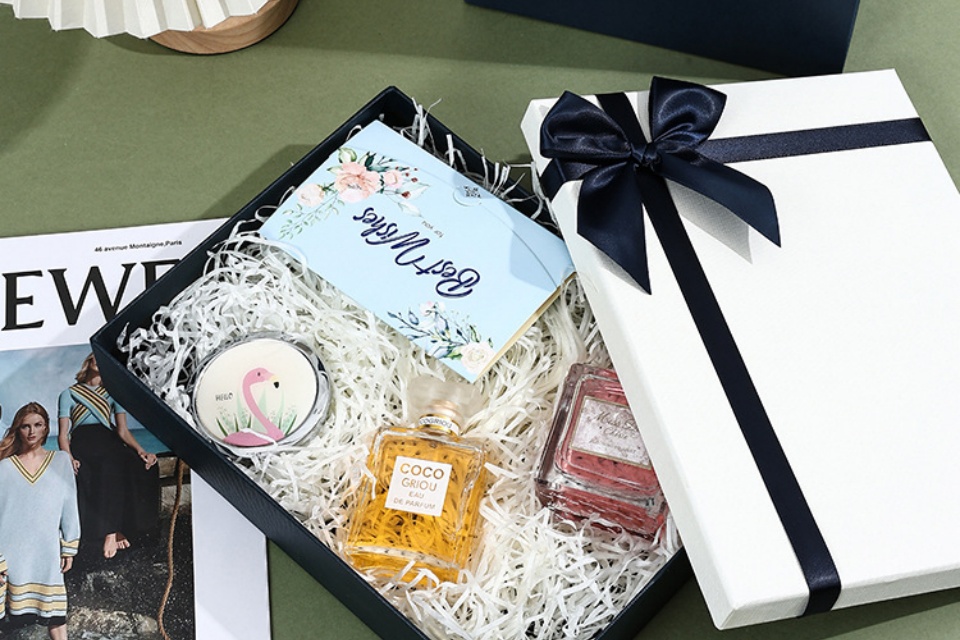
Types of Packaging
The packaging of perfume products plays a crucial role in influencing consumer perception and enhancing brand identity. Various types of packaging are utilized in the fragrance industry, each serving distinct purposes and appealing to different market segments.
Custom Structural Designs
Brands often invest in custom structural designs to differentiate their products in a competitive market. These tailored shapes, colors, and designs can significantly impact brand recognition and consumer appeal. By reflecting the unique identity of the brand, custom packaging helps to convey its personality and story, which is essential for building emotional connections with consumers.
Materials Used in Packaging
Paperboard and Rigid Boxes
Paperboard and rigid boxes are commonly used for outer packaging. They provide both structural integrity and branding opportunities. Custom boxes can accommodate unique client specifications, ensuring that the packaging not only protects the product but also enhances its aesthetic appeal. Innovative printing techniques allow brands to create eye-catching designs that can elevate the unboxing experience, making it more memorable for consumers.
Sustainable Materials
As environmental consciousness grows among consumers, many brands are turning to sustainable materials for their packaging. This includes recycled paper, biodegradable inserts, and refillable bottles. Eco-friendly packaging solutions not only help in reducing waste but also enhance brand image by aligning with the values of environmentally aware consumers.
Functional Features
Foils and Specialty Coatings
To enhance the visual appeal of packaging, brands often utilize foils and specialty coatings. These elements add shimmer, texture, and protection, making the packaging more attractive and engaging. The incorporation of these features can significantly impact the consumer’s first impression and overall satisfaction with the product.
Durability and Protection
The sturdiness of the packaging is vital to ensure that perfume bottles remain intact during transportation. High-quality materials help to maintain structural integrity and provide adequate protection against breakage. This is especially important as damaged products can lead to significant financial losses and tarnish a brand’s image.
Target Audience Considerations
Designing packaging that resonates with the target audience is essential. For example, eco-friendly designs may appeal more to younger consumers, while classic and premium materials may attract an older demographic. Understanding the values and preferences of the intended consumer can guide brands in creating packaging that not only meets functional needs but also enhances emotional connections.
The Unboxing Experience
The unboxing experience has become an integral part of the purchasing journey. Brands are increasingly focusing on making the unboxing process joyful and visually appealing, often incorporating elements that encourage sharing on social media. By investing in unique and engaging packaging, brands can foster loyalty and encourage repeat purchases, making packaging a critical aspect of overall marketing strategies in the perfume industry.
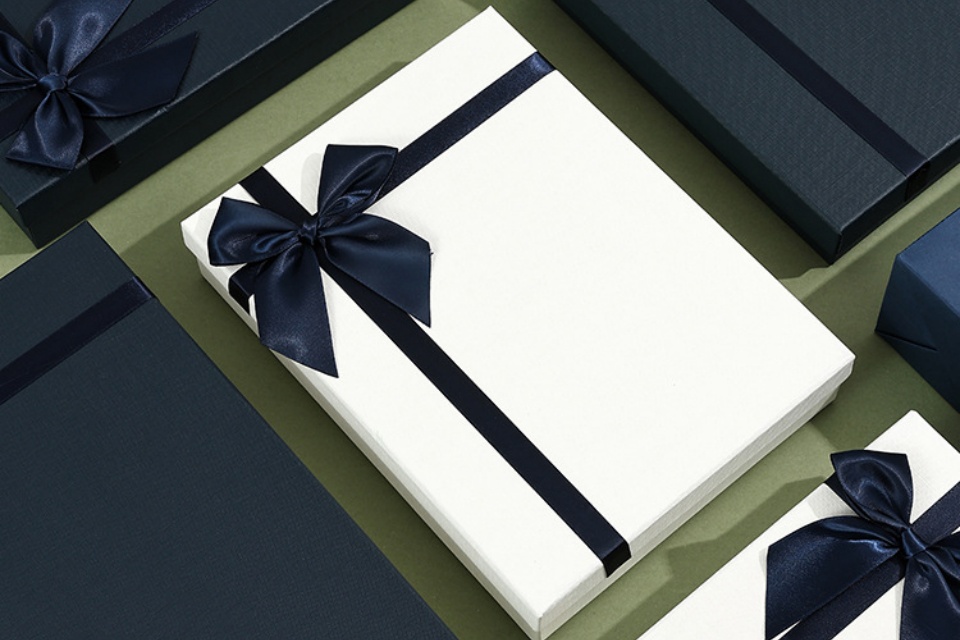
Design Elements
Importance of Design in Perfume Packaging
The design of perfume packaging plays a crucial role in shaping a brand’s identity and consumer perception. A well-crafted perfume bottle serves not only as a vessel for the fragrance but also as an extension of the brand’s image, evoking emotions and creating lasting impressions on consumers. In today’s competitive market, distinctive and innovative designs can capture consumer attention and enhance brand recognition.
Customization and Material Choices
Customization is a key factor in the design process, allowing brands to tailor shapes, colors, and designs that resonate with their target audience. The use of high-quality materials further enhances the appeal of perfume packaging. Glass bottles are often preferred for their luxurious appearance and non-reactive properties, while metals can be used for caps and decorative elements, adding a premium touch. Additionally, eco-friendly materials like recyclable glass and biodegradable plastics are gaining traction, reflecting a growing commitment to sustainability within the industry.
Aesthetic and Functional Features
Aesthetic considerations in perfume packaging go hand-in-hand with functional features. Elements such as magnetic closures, UV-protective coatings, and air-tight seals not only enhance the unboxing experience but also protect the fragrance from environmental damage. The unboxing experience itself has become an integral part of the product journey, transforming it into a multisensory ritual that encourages social media sharing and boosts brand visibility.
The Role of Typography and Color
Typography is often an overlooked yet vital component of packaging design. The choice of font communicates the essence of the fragrance, whether it is elegant, modern, or romantic. Color selection also plays a significant role in influencing consumer behavior. Rich jewel tones can convey luxury, while soft pastels may evoke feelings of femininity and delicacy. The right color palette can forge emotional connections with consumers, further enhancing brand loyalty.
Incorporating Texture and Sensory Elements
The tactile experience of packaging is equally important; textures such as embossed logos can invite consumers to engage physically with the product. The combination of visual and tactile elements creates a captivating experience that keeps consumers engaged, highlighting the need for careful consideration of both aesthetics and functionality in packaging design.
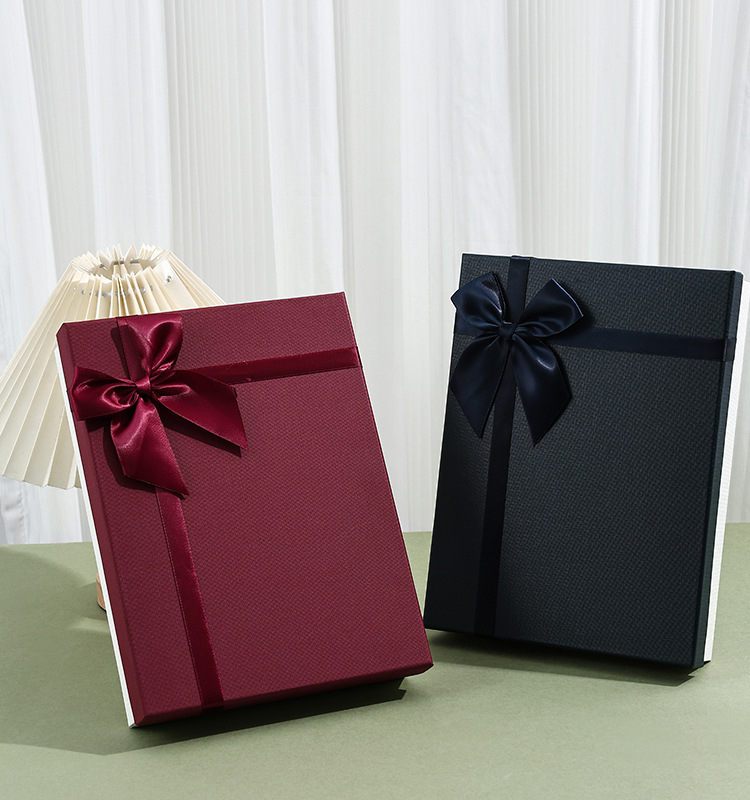
Marketing Strategies
Effective marketing strategies are essential for enhancing the visibility and appeal of perfume packaging, ultimately driving sales. With the increasing competition in the perfume market, brands must adopt innovative approaches to stand out and connect with their target audiences.
Utilizing Online Marketing
The rise of digital marketing has transformed how perfumes are marketed. Brands can leverage social media advertising, influencer partnerships, and e-commerce channels to create buzz around their products and packaging. For instance, “AromaAura” effectively utilized influencer collaborations to generate engaging unboxing videos that showcased their packaging, significantly enhancing brand visibility and consumer interest.
Customization and Personalization
Another crucial strategy is the customization of packaging to align with consumer preferences. Research indicates that personalized packaging experiences can foster emotional connections with consumers, driving brand engagement and loyalty. Brands that incorporate customizable options into their packaging design can create a sense of exclusivity, enhancing the consumer’s experience and increasing the likelihood of repeat purchases.
Understanding Target Demographics
To resonate with their intended audience, brands must understand the preferences and lifestyles of their target demographics. For instance, eco-friendly materials and vibrant designs may appeal to younger, sustainability-focused consumers, while classic and premium materials might attract an older, refined audience. Tailoring packaging to match the values of different consumer segments can enhance appeal and drive sales.
Adapting to Market Trends
Staying attuned to current market trends is vital for maintaining relevance in the perfume industry. Packaging trends such as storytelling, digitalization, and custom designs are gaining traction and can significantly impact sales performance. Brands that quickly adapt their packaging strategies in response to evolving consumer preferences and market dynamics will likely see positive results.
Enhancing Shelf Appeal
Maximizing shelf appeal is another critical component of effective packaging strategies. Brands should focus on using striking colors, elegant typography, and captivating imagery in their retail packaging design to attract potential customers. Moreover, incorporating brand identity elements such as logos and taglines can help create lasting brand recognition in a crowded marketplace.
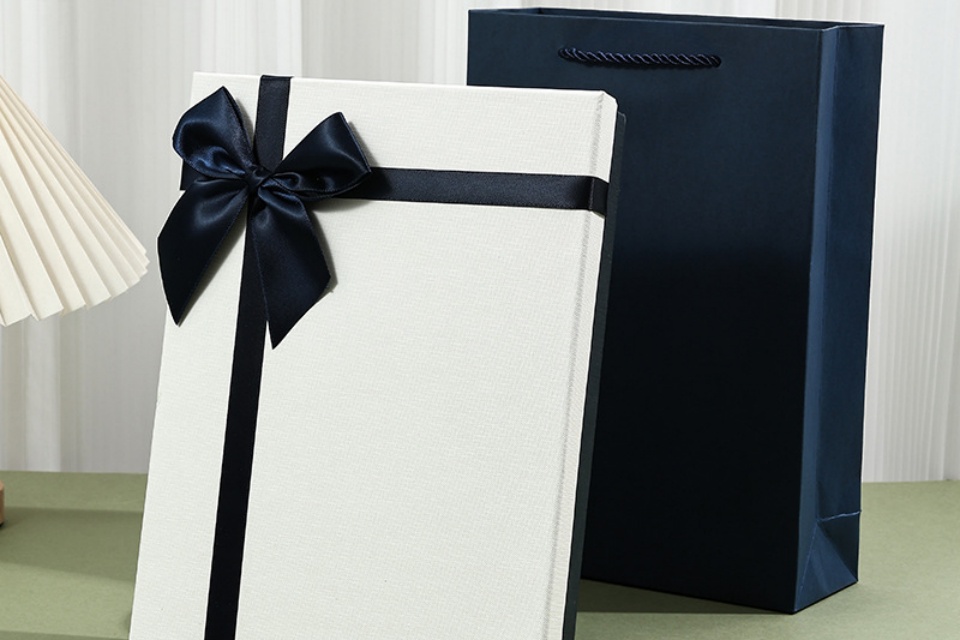
Sustainability and Innovation
In recent years, sustainability has become a central theme in the design and manufacturing of perfume packaging. As consumer awareness of environmental issues grows, brands are increasingly prioritizing eco-friendly practices, materials, and innovative design solutions that minimize their environmental impact. This shift is driven by a combination of consumer demand, regulatory influences, and the fragrance industry’s commitment to sustainability.
Eco-Friendly Materials
One of the most significant developments in sustainable perfume packaging is the transition to eco-friendly materials. Designers are now utilizing recyclable glass, biodegradable plastics, and recyclable paper, which not only reduce environmental impact but also allow for creative and unique designs. Glass, in particular, is often touted for its sustainability, as it is 100% recyclable and can maintain its quality through multiple recycling processes. This emphasis on sustainability is not just a trend but a necessary evolution that aligns with the changing definition of luxury in the fragrance industry, which now increasingly includes ethical sourcing and environmentally conscious practices.
Innovative Design Practices
The integration of sustainable materials has opened new avenues for innovative design. Advances in manufacturing technologies, such as 3D printing, have allowed for intricate geometric patterns and unconventional bottle shapes that were previously unattainable with traditional materials. This has led to a transformation in the aesthetic of perfume bottles, moving from classic designs to more contemporary forms that reflect artistic expression and cultural shifts. The use of plastics and metals has enabled designers to experiment with larger, more abstract shapes, contributing to a more dynamic and expressive packaging landscape.
Consumer Preferences and Market Trends
As the market shifts toward sustainable practices, consumer preferences are also evolving. Modern consumers, particularly younger generations, are increasingly attracted to brands that showcase a commitment to sustainability. Research indicates that eco-friendly packaging is becoming a crucial factor in purchasing decisions, with consumers showing a preference for products that feature practical and sustainable packaging options. This trend underscores the importance of functionality in design, where elements like easy-to-open caps and travel-friendly features enhance the overall user experience.
The Future of Perfume Packaging
Looking forward, the future of perfume packaging will likely be shaped by continued innovation in sustainability and consumer engagement. Brands that successfully integrate smart packaging solutions—such as interactive elements like QR codes or NFC tags—can enhance consumer experience and foster a deeper connection with their products. Furthermore, the rise of personalization in packaging, allowing for unique experiences through customized designs, is poised to create stronger brand loyalty among eco-conscious consumers. Ultimately, the perfume industry is evolving to meet the dual demands of luxury and sustainability, paving the way for innovative practices that resonate with modern consumers.
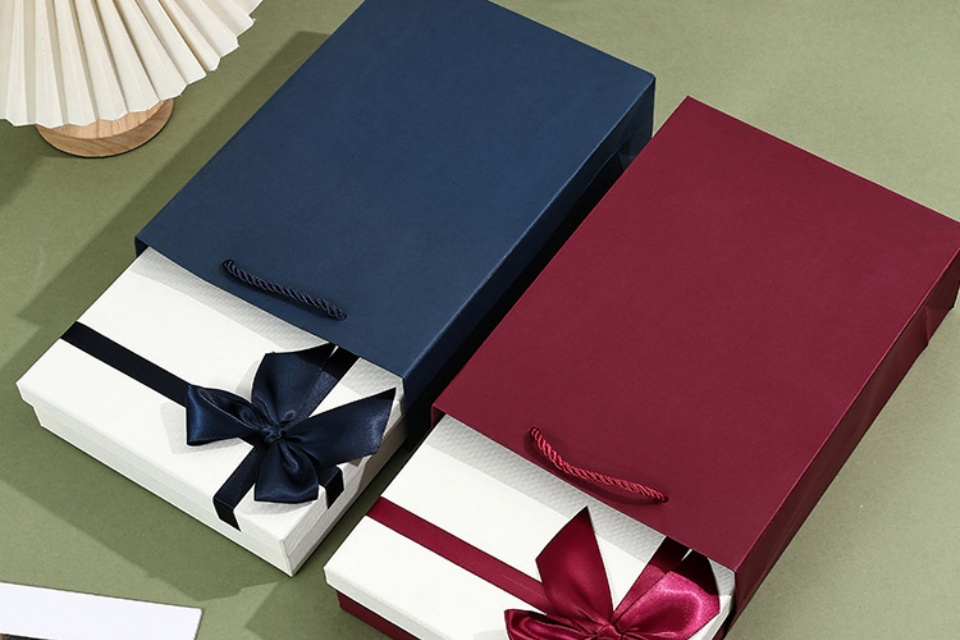
Challenges and Considerations
Consumer Perceptions and Behavior
The effectiveness of perfume packaging significantly impacts consumer perceptions and purchasing decisions. Research indicates that packaging design directly influences consumers’ perceived product efficacy and reliability, thereby reducing purchase hesitation and fostering trust in the brand. Consumers are more likely to buy products that have visually appealing and thoughtfully designed packaging. Factors such as the choice between glass and plastic bottles can also play a pivotal role in this decision-making process, as they affect sustainability, brand image, and environmental impact.
Regulatory Compliance
Navigating regulatory compliance poses a challenge for brands in the fragrance industry. Regulations concerning perfume packaging ensure that products adhere to safety, labeling, and environmental standards, which is crucial for legal sales. Non-compliance can lead to legal repercussions and damage consumer trust. Brands must ensure that their packaging includes all required information, such as ingredient lists and proper disposal methods, to meet the guidelines set by relevant authorities.
Sustainability Issues
As consumers become increasingly environmentally conscious, brands face pressure to adopt eco-friendly practices in their packaging solutions. The challenge lies in balancing sustainability with cost and functionality. While reducing waste and using recyclable or biodegradable materials are becoming norms, brands must also consider the long-term impact of their packaging decisions on their brand image and customer loyalty. Innovative practices, such as using refillable bottles and eco-friendly materials, are gaining traction, but may require significant investment and changes in production processes.
Customization and Market Differentiation
Customization in packaging is a growing trend, allowing brands to express their identity and connect with their target audience. However, the challenge lies in implementing flexible packaging solutions that cater to diverse consumer preferences. Packaging must resonate with the intended demographic, incorporating elements that reflect their values and lifestyle choices, whether that be sustainability for younger consumers or classic elegance for older demographics. Failure to align packaging design with consumer expectations can lead to rejection of the product, regardless of its quality.
Manufacturing and Supply Chain Management
Efficient supply chain management is critical in the perfume industry, as it involves coordinating the production of fragrances and the sourcing of packaging materials. Choosing reliable suppliers that adhere to industry standards is essential to ensure product quality and compliance with regulations. Furthermore, the location of manufacturers and the environmental impact of transportation are important considerations that brands must address to minimize their carbon footprint and enhance their overall marketability.
